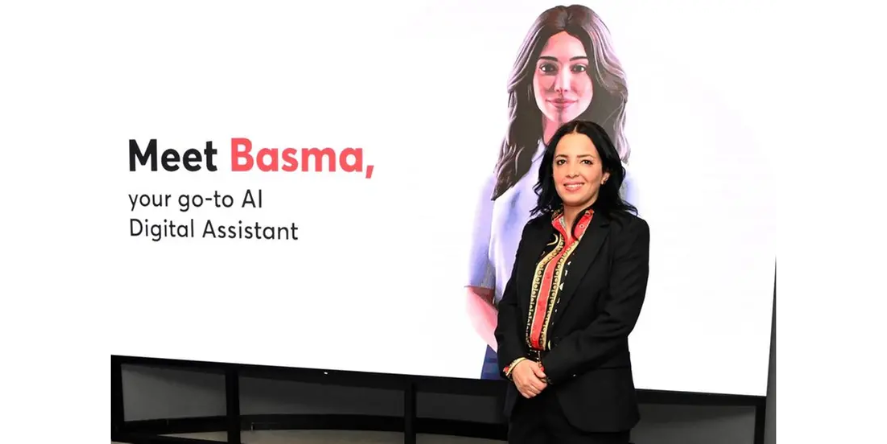Financial education for Gen Z may benefit from another approach
There seems to be an app for everything nowadays. From shopping and dating to pet grooming and fuel refills, you needn’t get off the sofa anymore. Recently there has been a veritable explosion in the number of money apps and digital offerings trumpeting claims about teaching Gen Z good money behavior.
Just download and hold your breath.
Sounds lovely, doesn’t it? Three cheers for the fintech industry for tackling this monstrous issue. Can we all pack our collective bags and rest easy, knowing the financial future of the next generation is in safe hands?

Not so fast. Let’s take a minute to look into what’s at play here. These apps and digital offerings are great at their core purpose, which is facilitating the digital transfer of money from parents to kids, helping kids to spend that money both online and offline securely, while enabling parental tracking and controls.
That’s it. They do not, magically or otherwise, turn an overspending, financially clueless youngster into a money whizz, never mind a savvy investor. Teaching youngsters to spend money, even if they do track their spending diligently, isn’t financial literacy. Financial literacy is a lot more nuanced than that.
What makes it worse is that this exacerbates the Dunning-Kruger effect, which is a cognitive bias in which people with low ability at a task tend to overestimate their skill. Subsequently, you have youngsters with limited or no understanding of how money works, who now overestimate their ability to make smart money decisions. That’s a dangerous double whammy.
Is there an app for that?
These money apps do undoubtedly have value; but only if the users are already financially responsible and knowledgeable. Therein lies the rub. Sidestepping this crucial caveat isn’t serving these Gen Zers, or their parents. There is no easy fix. Parents and educators still need to get down into the trenches and carry out the time- consuming, highly complex, yet infinitely rewarding task of teaching Gen Z how to model good money behavior and make smarter money decisions.
We need to take the time to change and mold their mindset around money. We need to talk to them, answer their questions and help to clarify their thinking around money. We need to develop their competence around money through deep learning and regular guided discussions, and ensure that this then positively impacts their thinking and behavior. There is, at the time of this writing, no app for that.
Maybe we don’t need one
Not everything needs an app. I know this is a disconcerting message, especially in our uber-tech-enabled world. Education apps in particular seem to be launched with a lot of fanfare and promises of maximizing impact and unlocking potential, but we should stop and consider whether it’s necessary or worthwhile to tech-enable some things. Financial education for youngsters is a case in point.
This can’t be taught with a set of formulae and pre- recorded videos and tested by multiple-choice questions. This approach leaves out two other equally important aspects: behavior and mindset. Apps, PowerPoint presentations and pre-recorded videos don’t build rapport, foster trusting relationships or promote accountability.
Make no mistake, these qualities are inextricably linked to positive learning outcomes and an enjoyable learning experience – especially for youngsters. While videos and presentations could work well as additional resources, the issue arises when these are the mainstay of program delivery. It isn’t fair to Gen Z for us to assume that we can pre-package this important learning.
A more holistic approach
Youngsters don’t learn from just listening or reading. They learn by asking thoughtful questions and getting equally thoughtful answers, by actively discussing the grey areas in the subject and by debating different points of view, which opens their minds up to ideas they’d never previously considered.
There is little that competes with a live program facilitator who sees students and knows them, gauges engagement levels and uses an arsenal of tactics to improve this, if needed. The facilitator can then sense confusion, despair and disinterest as accurately as she can sense interest, excitement and curiosity. She can promote a feeling of trust and accountability while expertly weaving the individual student narratives into a complex web of experience and group learning.
This gives the students a sense of agency over their own learning, knowing they can direct the discussion towards a particular topic, ask questions about a specific situation and get advice on issues they might be grappling with at the moment.
Once these youngsters realize how crucially important whatever they are learning is to their future success, they can draw on powerful intrinsic motivation, which beats the extrinsic kind hands-down any day of the week.
Drowning in dopamine
Let’s also consider that these youngsters are already drowning in dopamine from being hyperconnected on their phones. According to Dr. Anna Lembke in her New York Times bestselling book, Dopamine Nation: Finding Balance in the Age of Indulgence, this dopamine over- dose is one of the leading causes of anxiety and depression. It’s difficult enough to get them off their phones – the last thing we need is for them to get constant messages, push notifications and reminders to interact with another online platform, even if it does purportedly teach them about money.
For tech’s sake
Let’s not insult their intelligence by buying into the mainstream belief that teens today have short attention spans and therefore the best way to teach them is to hit them with twenty- to thirty-second videos that attempt to oversimplify and teach them hairy financial concepts while rapping to the latest hits. Gen Zers have a keen appreciation for honesty and authenticity.
They need us to ‘be real’ and talk honestly about the complexities inherent in the subject. They have an intelligence and consciousness that’s unrivalled and they need us to figure out how to leverage that. They have immense focusing power and an innate curiosity that facilitates new learning and just need us to take the time and effort to nurture it intentionally. However technophilic Gen Z is, using tech for tech’s sake isn’t the answer.
The Blog received on Mail


















